Are you looking to revisit an indemnity agreement but unsure where to start? Crafting the perfect letter for this revision can help clarify the terms and protect your interests. In this article, we'll walk you through a simple yet effective template that makes it easy to communicate your needs. So, let's dive in and explore how to create a letter that sets the stage for a successful agreement revision!
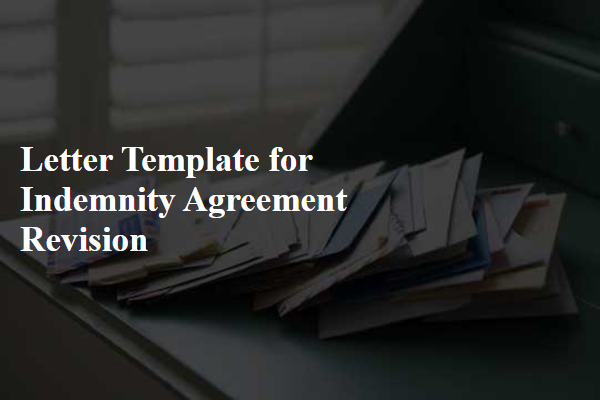
Parties Involved
An indemnity agreement is a legal document outlining the responsibilities and protections between parties involved in an agreement. The primary parties involved typically include a provider of indemnity (Indemnitor) and the recipient of indemnity (Indemnitee). The Indemnitor assumes the responsibility to compensate the Indemnitee for losses or damages incurred as a result of specific actions or events, such as contractual breaches or negligence. Details of the indemnity, including scope, limitations, and exclusions, should be meticulously defined to ensure clarity. It is essential for both parties to review and understand their obligations under the agreement to mitigate any potential disputes in the future, especially in industries like construction or healthcare. Legal jurisdiction and applicable laws (such as those from California or New York) governing the agreement play a crucial role in enforcement and interpretation.
Definition of Obligations
Indemnity agreements often comprise precise definitions of obligations to ensure clarity between parties. Obligations may include a duty to compensate for any losses incurred due to negligence or breach of contract. Detailed specifications outline each party's responsibilities, including indemnifying against legal fees, damages, and settlements, which can arise from third-party claims. Timeframes for notification of claims, along with cooperation in defense efforts, are vital in maintaining effective communication. Also, defining the scope of indemnity can help establish whether obligations are limited to specific incidents or cover wider circumstances. Such clarity is crucial for minimizing disputes and facilitating smoother resolutions in contractual relationships.
Terms and Conditions
An indemnity agreement serves as a critical legal document outlining the terms and conditions for protecting parties against potential losses or damages. Typically used in business transactions or partnerships, such agreements specify the obligations of each party involved, detailing the scope of indemnification, including specific risks and liabilities (such as property damage or personal injury). Key elements must include definitions of relevant terms, the duration of indemnity protection, and any limitations or exclusions applicable. Additionally, the jurisdiction in which the agreement is enforced (often state-specific, like California or New York) plays a crucial role in its enforceability. Parties should also acknowledge the responsibilities of providing notice in case of claims and the process for resolving disputes, ensuring clarity and fairness in the legal framework.
Limitations of Liability
Limitations of liability clauses in indemnity agreements play a crucial role in defining the extent of responsibility between parties involved in potential legal disputes or financial liabilities. These clauses often specify caps on damages, often limited to the fees or payments received by one party under the agreement, usually not exceeding a specific monetary threshold, such as $100,000. Additionally, these limitations may exclude certain types of damages, such as indirect, incidental, or consequential damages, which could arise from negligence, breach of contract, or other issues. Jurisdictions, such as California and New York, have specific laws governing enforceability and can influence how these limitations are interpreted, underscoring the importance of clear and precise language in drafting. Parties typically seek indemnification for third-party claims arising from breaches of contract or other liabilities, requiring thorough consideration of scope and applicability in the agreement's wording.
Governing Law and Jurisdiction
Governing law refers to the legal framework that governs the interpretation and enforcement of contracts. The jurisdiction stipulates the location where disputes will be resolved. In the context of indemnity agreements, the jurisdiction often involves specific courts, such as those in New York or California, which have well-established case law regarding indemnity. For example, a clause stating that New York law governs the agreement indicates that New York statutes and precedents will apply. Furthermore, specifying that any disputes will be adjudicated in New York County courts ensures that the parties understand where they must bring legal actions, providing clarity and minimizing uncertainty. Such terms help prevent potential conflicts by establishing a mutual understanding of legal expectations and locales.

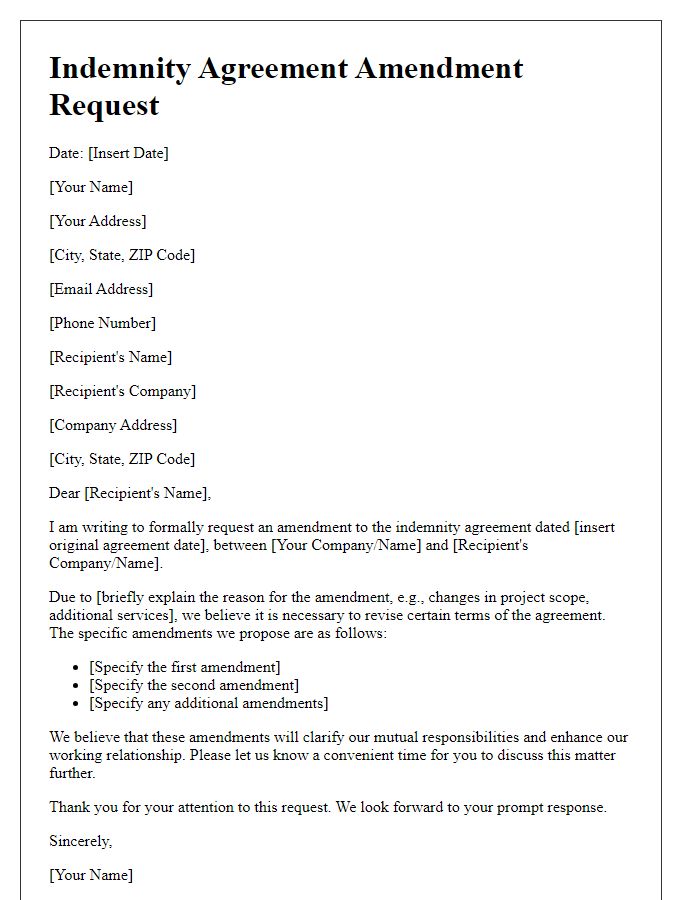
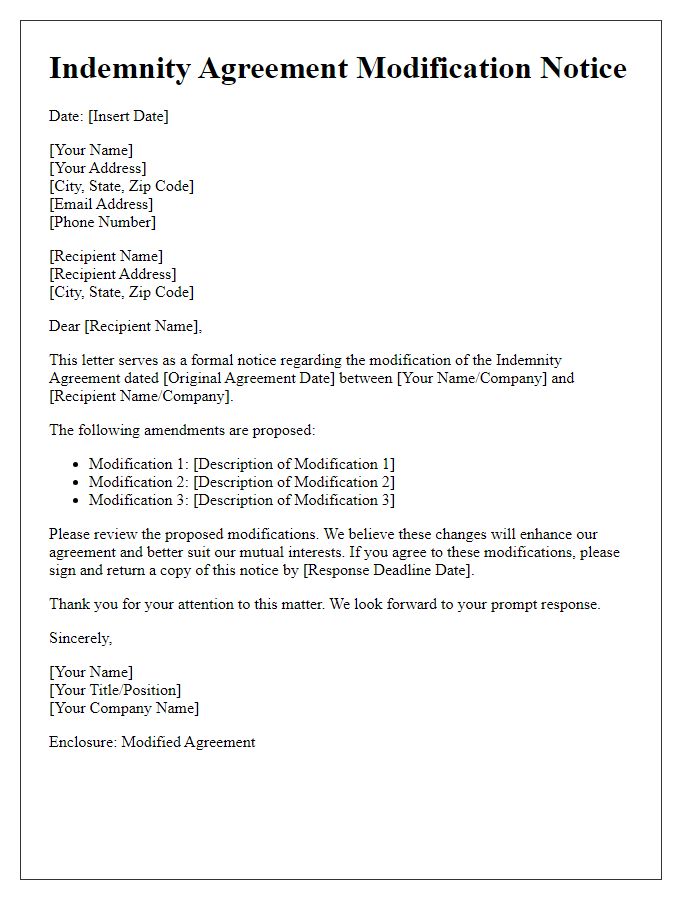
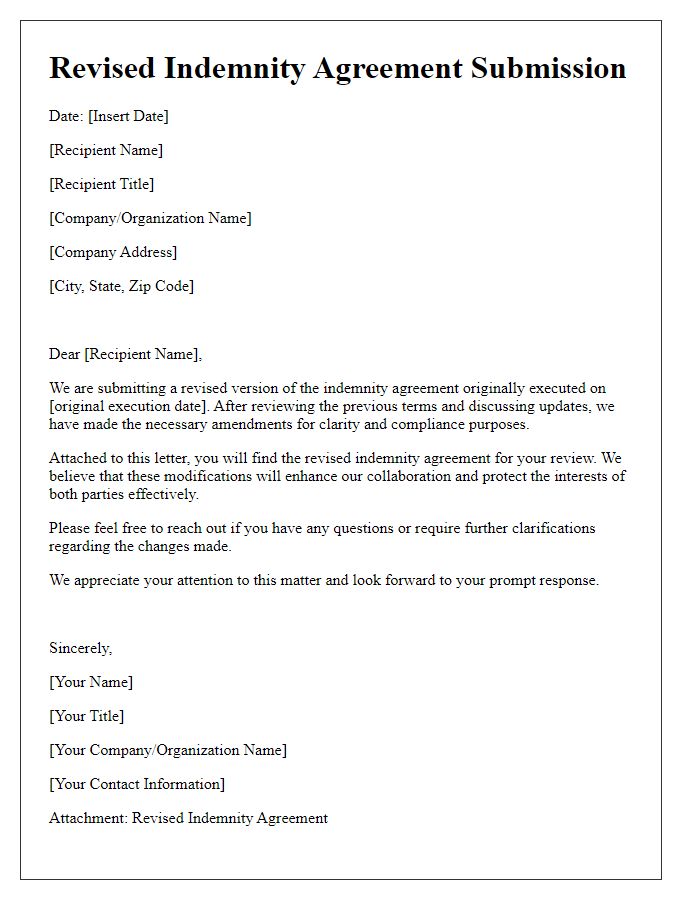
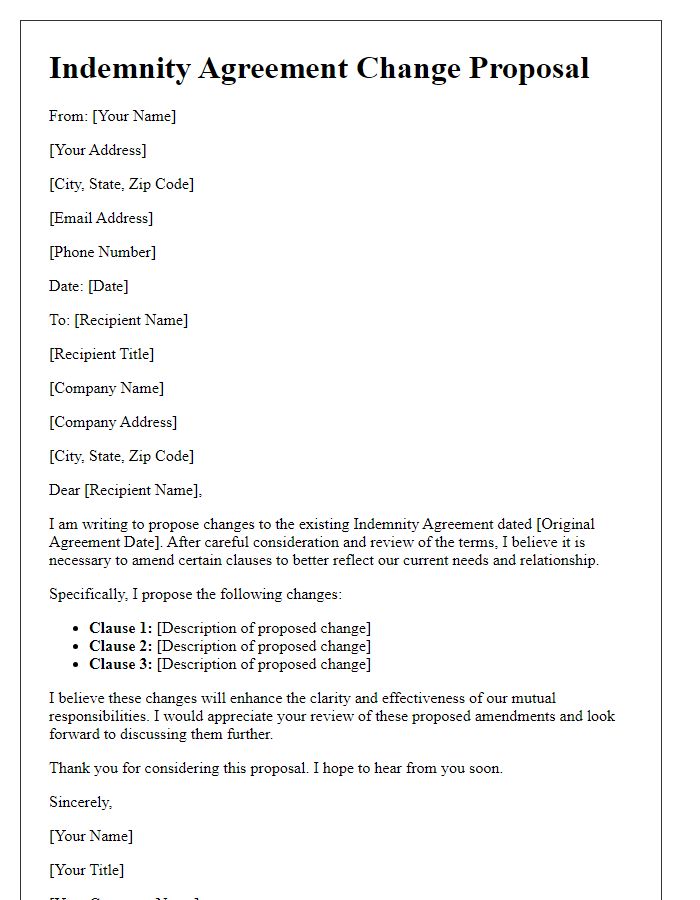
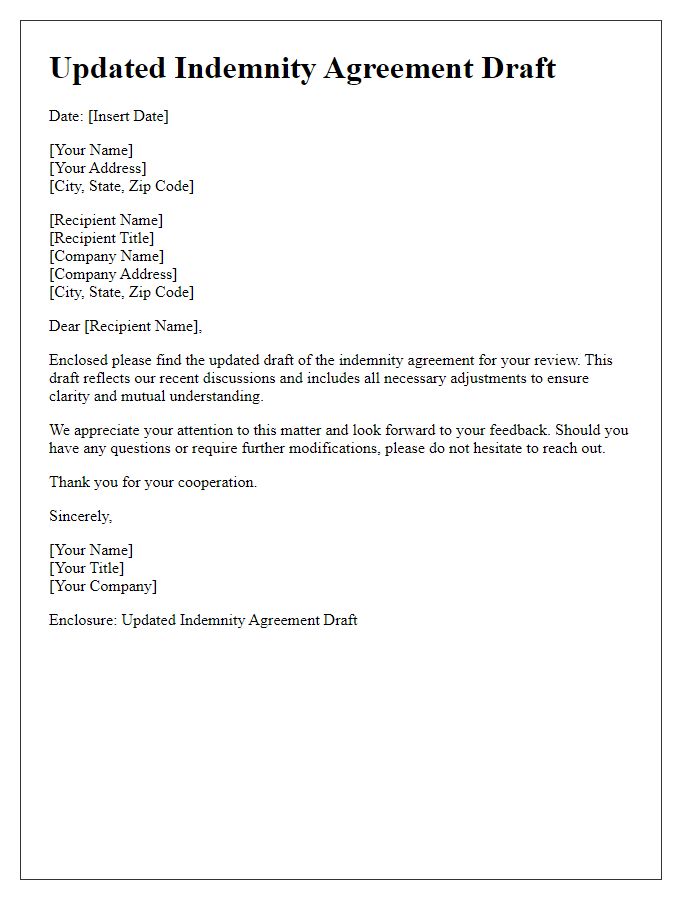
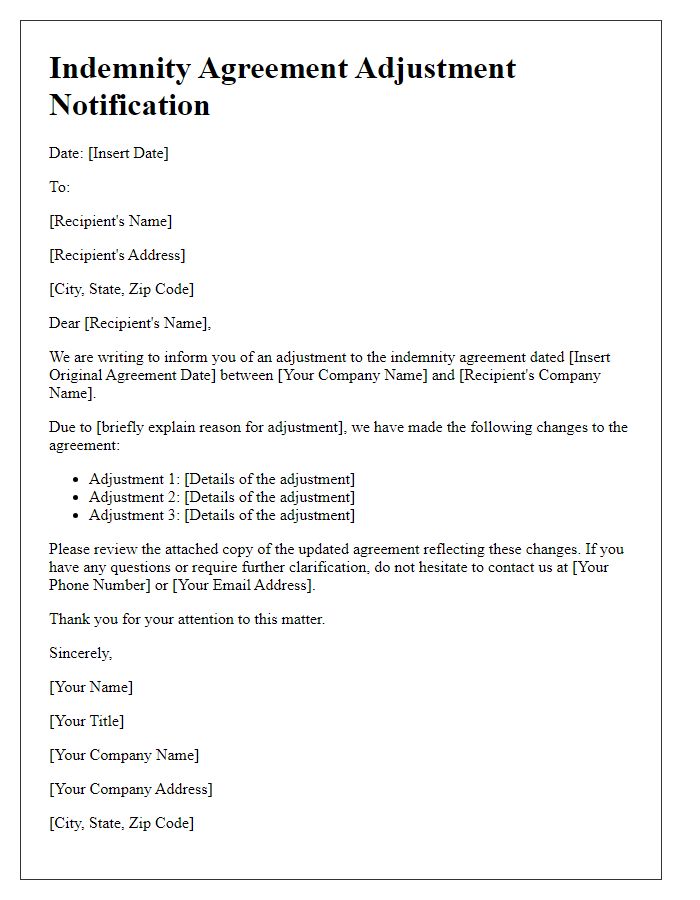
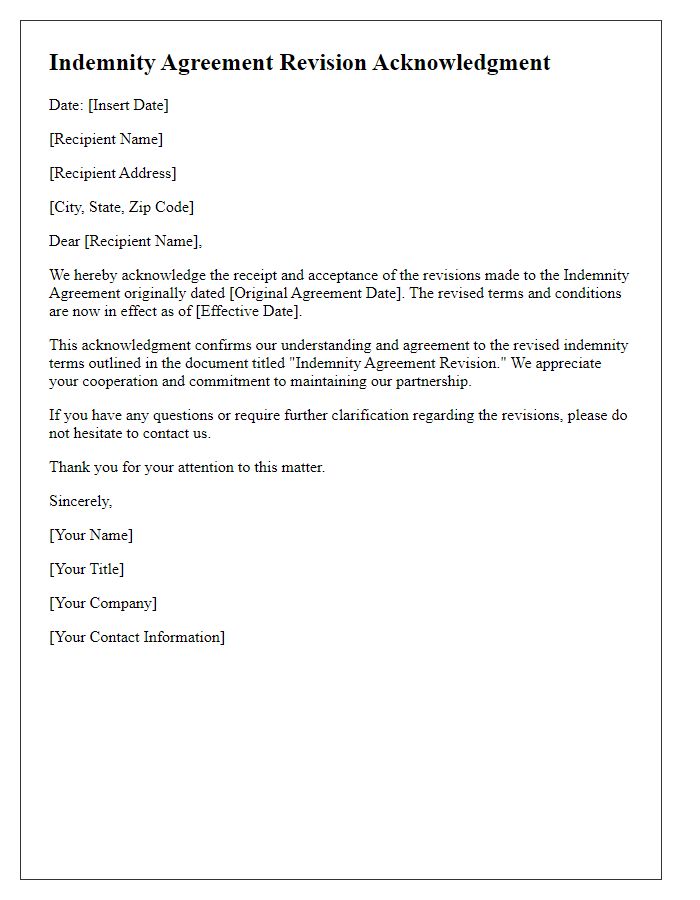
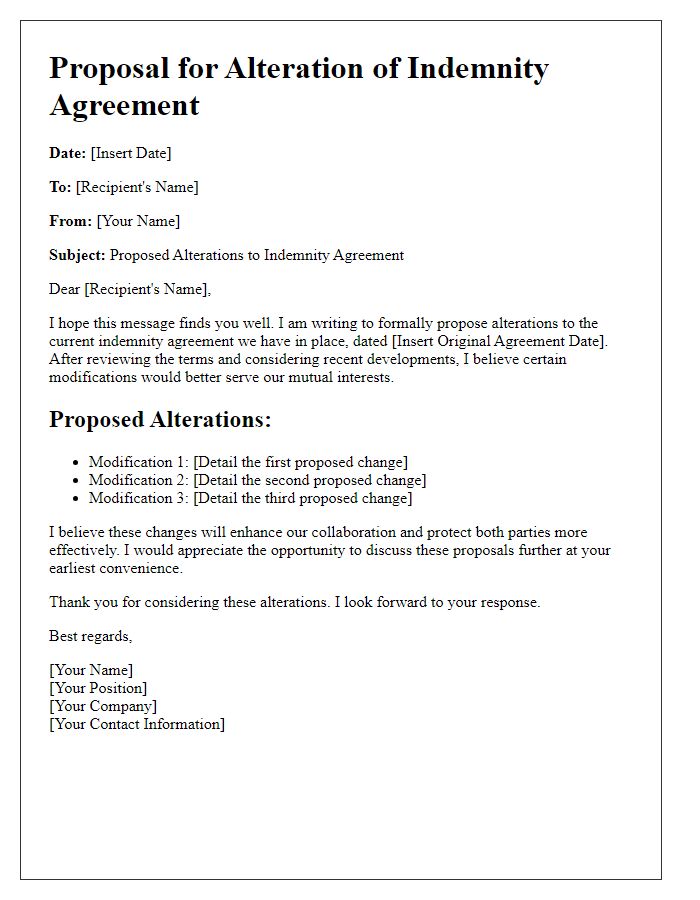
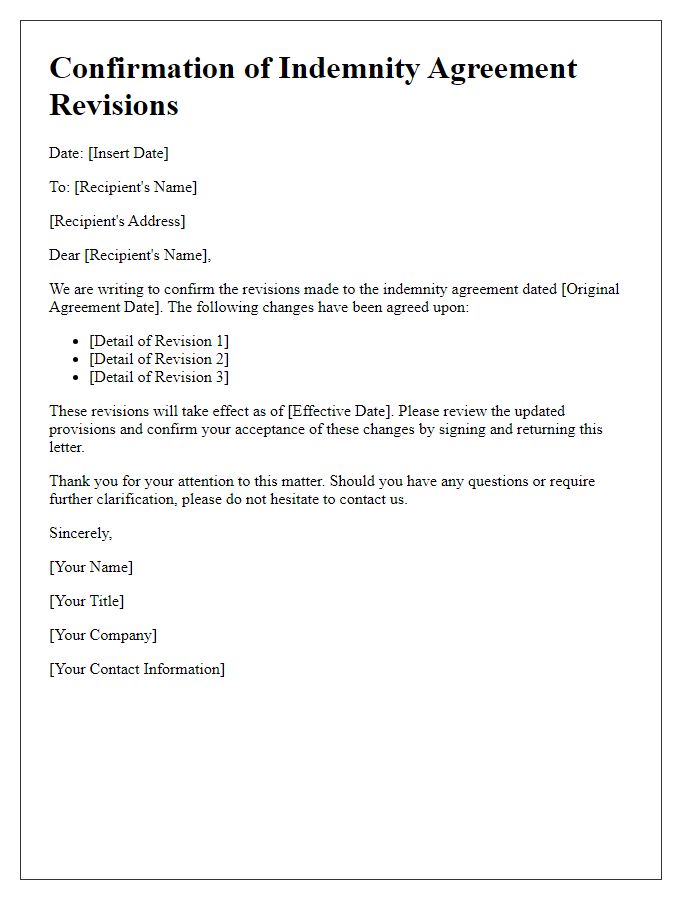
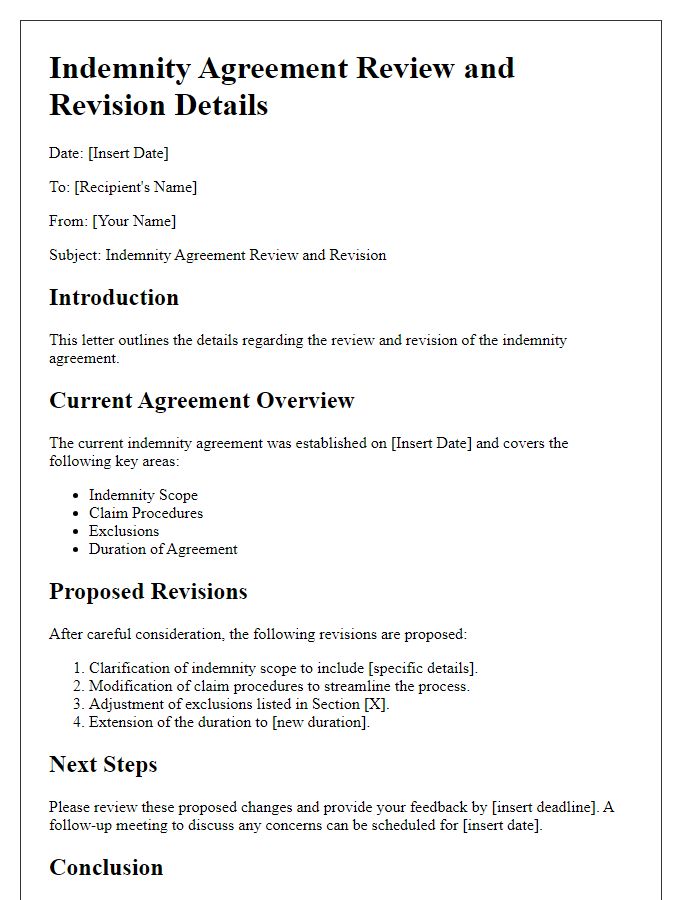

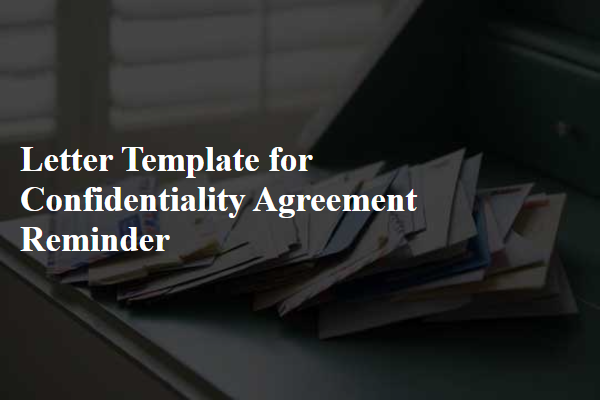
Comments